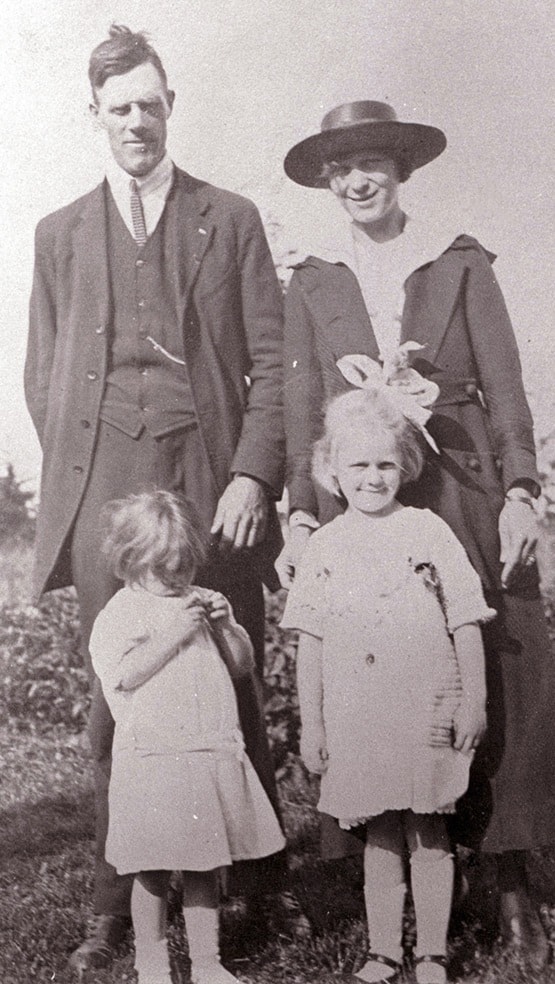On June 1, 1921, people across Canada were counted in the national census. Saanich was a young municipality at the time, both in years and demographics.
The population had more than doubled since the municipality’s incorporation in 1906. By 1921, Saanich was home to 10,400 residents and nearly 40 per cent were under the age of 19. Residents 65 years or older comprised just four per cent of the population, compared to 18.3 per cent today.
The 1921 census data for Saanich is available to researchers for the first time thanks to a recently completed project by Saanich Archives. Two years ago, when the 1921 census was first released to the public, volunteers at Saanich Archives began the meticulous process of transcribing the handwritten pages into searchable fields. The resulting data provides a detailed picture of the municipality in 1921.
At that time, Saanich was divided into seven administrative areas, known as wards, and included Central Saanich (formerly Ward 6 of Saanich). Census enumerators were assigned to each ward to collect information from residents, including their age, marital status, dwelling place, birthplace, religion and occupation.
Not everyone welcomed the questions. Records at Saanich Archives show that John Demal, 40, of Cloverdale Avenue was brought to the attention of Saanich Police for failing to give the necessary information on the census. His answer of ‘unknown’ for birthplace and racial origin appears to be the reason for the complaint.
There are familiar family names in the 1921 census: Butchart, Layritz, Oldfield, Sluggett, Todd and Vantreight, to name a few. Kenneth McKenzie’s daughters, Agnes and Wilhelmina, were still living at the family’s Lake Hill Farm in 1921. Born in Scotland, the census lists their date of immigration as 1853, the year they came ashore from the HBC ship Norman Morison as young children.
In fact, the majority of Saanich residents in 1921 had been born outside of Canada. Most had immigrated in the decade preceding the First World War, arriving from the British Isles, Europe, U.S.A., China, Japan, India and Australia. Many turned to farming and fruit growing as their occupation, including several women who are referred to in the census as ‘farmerettes’.
The 1921 census reveals the impact of the First World War on families living in Saanich, particularly when used in conjunction with the 1911 census. Many families lost fathers, husbands and sons in the conflict, and those who returned were often unable to work. Frank Chevally, 38, was one of the census enumerators for the Gordon Head/Cadboro Bay area. Before the war he had been a farmer in Royal Oak, but a poison gas attack on the Western Front in 1917 had left him so seriously injured that he was unable to return to farming.
The 1921 census provides a wealth of information about Saanich families and neighbourhoods. Explore the census online at saanicharchives.ca or visit Saanich Archives in person, Monday to Friday from 10 a.m. to 2:30 p.m., located in the Saanich Centennial Library.
Caroline Duncan is the archivist at Saanich Archives.
